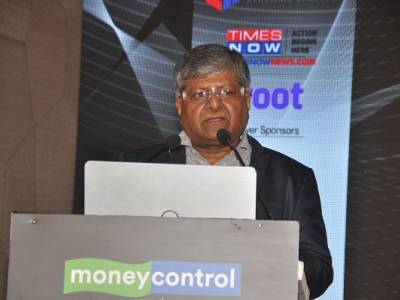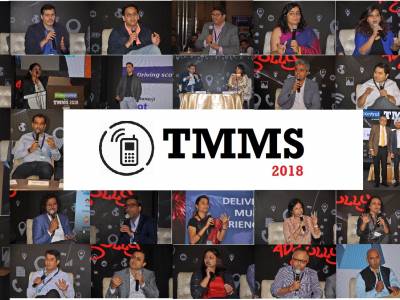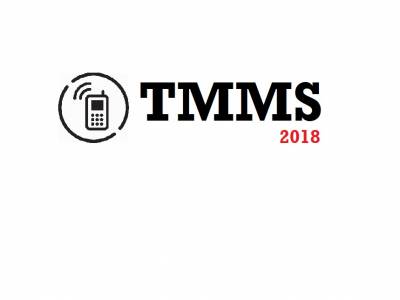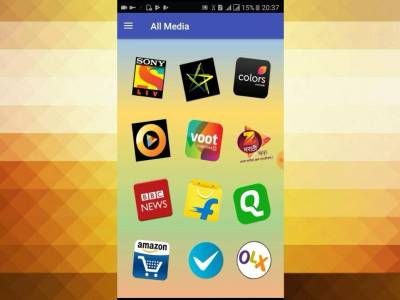Is the Indian Media ecosystem mobile friendly?
There are constant conversations about mobile becoming the first screen. One constantly compares traditional media’s growth to that of mobile/digital media. However, unlike online retail, where the digital only shopping platforms are leading the game, in media domain, traditional media companies are upping their game on a constant basis.
Prateek N Kumar, CEO & MD, NeoNiche states, “Technology advancement backed by smartphones and broadband connectivity has created an era which has blurred the line between traditional media players and their digital counterparts. Video consumption on smartphones has increased by 55% in the last two years, while content consumption has increased by 48% during the same duration. Today more and more traditional media players are building a more dynamic, cross-media path to engage with their audience, and examples of this abound both in entertainment and advertisement worlds whether it is a TV channel having a mobile app with App only contents, or Newspapers with their online editions dishing out content on real time. Most of these players also have social handles to curate and propagate content.”
Media houses appreciate the power of cross-connected content consumption and encourage readers to continue their journey from print to mobile. This increases reach and stickiness as users get the opportunity to connect to more detailed stories, videos and interactive content. Ankit Dhadda, Head of Marketing and Product, Bloomberg|Quint discusses at length, “For digital publisher, mobile devices drive anywhere between 60-90% of overall traffic (users). Gone are the days where digital news platforms needed to be mobile friendly, now is the age for being ‘mobile delight’.”
However, in the same breath he expresses, “Mobile devices throw up a slew of challenges for media companies: The engagement rate (Time spent/pages consumed per user) are typically lower than desktop, High reliance on Google AMP and Facebook Instant articles, smaller ad sizes and screen means user experience and advertising formats need to be managed with a delicate balance.”
The message that strongly comes across is that users are consuming media on mobile in abundance. However, thing to remember is that content consumption pattern on mobile is a sea change from that on traditional media, and hence the same content cannot be served on mobile as on traditional media.
Shamik Talukder, Chief Business Officer, escapex, puts it succinctly “Snacking content has become a key driver as far as media consumption pattern on mobile goes. This trend is changing content marketing. Content sharing platforms are becoming important source of content and information. User generated content will drive the snacking content. The mobile platforms have already emerged as the key source for delivery of such content.”Emergence of OTT platforms as an extension of Traditional media channels indicates criticality of mobile platforms for traditional media. More so, if they want to stay relevant to millennials and the next generation. Talukder takes the argument further, “Select traditional media players are constructing portfolios of connected and complementary experiences that tap into the commercial potential of their most engaged users: their fans. The logic makes strategic sense. Fans watch more, listen more, participate more, share more, advocate more, and create more. Most important, fans spend more, and they are more compelling for advertisers.”
While apps and experiences are being focused on by the traditional media players, messengers like WhatsApp too are enabling a better connect between the customers and publishers.
Dhadda opines, “Influx of messengers are a big opportunity for publishers to capitalize on. Messengers today are the new social and At Bloomberg|Quint our WhatsApp news subscriptions service powered by Messenger People today drives over five million page views a month and reaches out to 400k users receiving over one million automated updates in a day. Publishers are still far away from utilizing messaging platforms for deeper audience engagement. Audiences increasingly prefer receiving news at their fingertips without the need to download multiple news app. As per the app analytics company App Annie, Indians spent over 35 billion hours on WhatsApp in 2017 and the number is only increasing.”Interesting indeed! WhatsApp as a news platform is something to deliberate upon, but can messengers work for entertainment media too in times to come as the content delivery mechanisms? It is difficult to fathom. Our experts would deliberate about mobile emerging as the centerpiece of a multiplatform experience and beyond at TMMS 2018.
























Share
Facebook
YouTube
Tweet
Twitter
LinkedIn